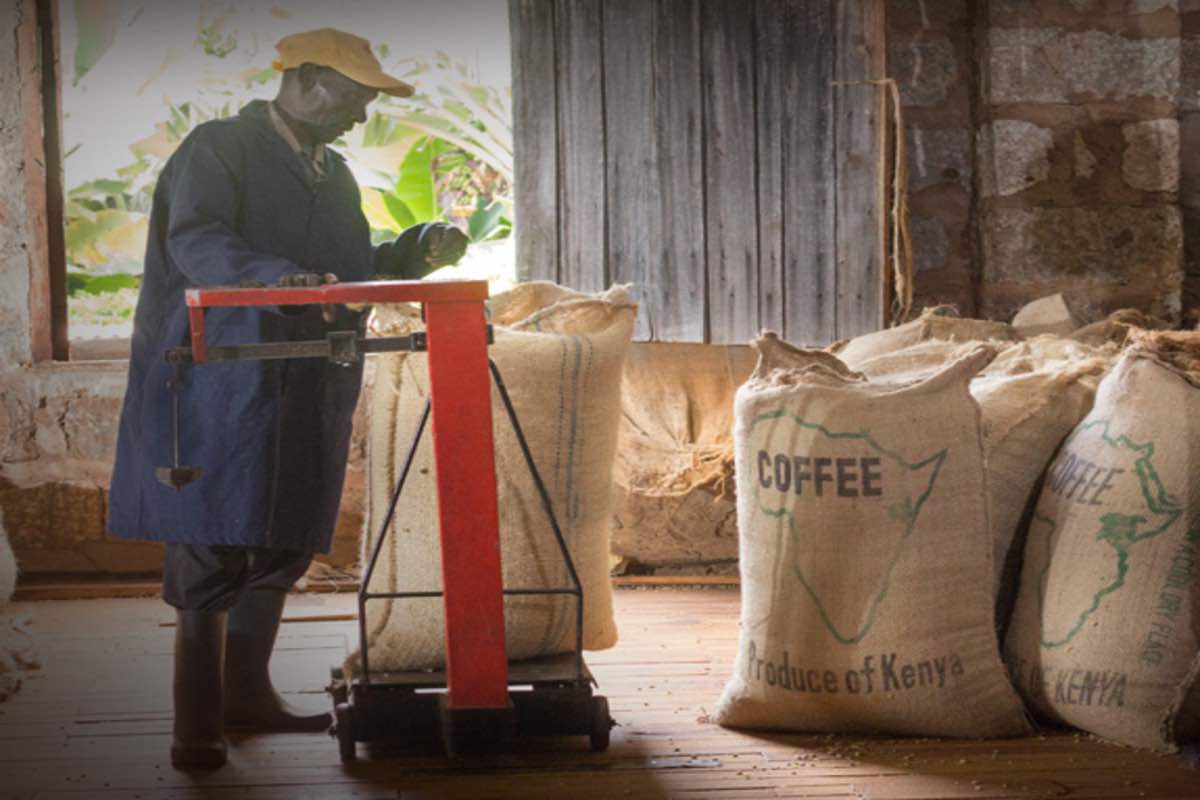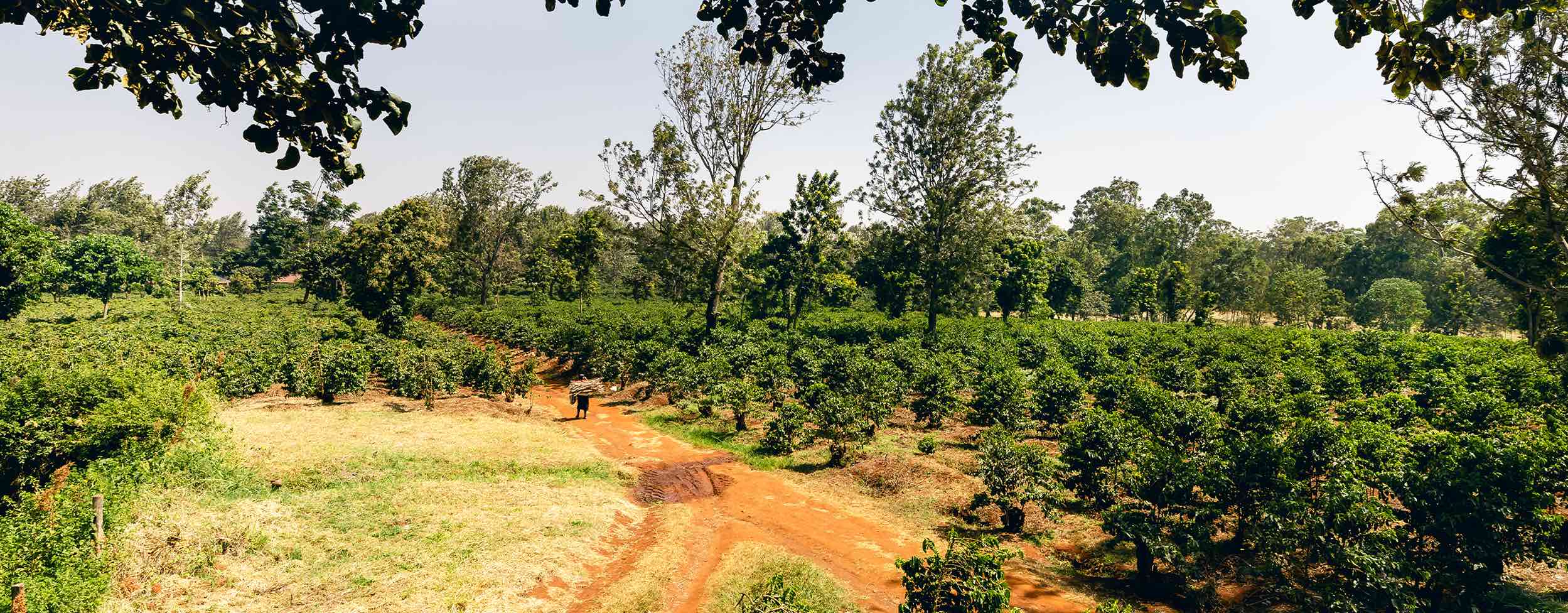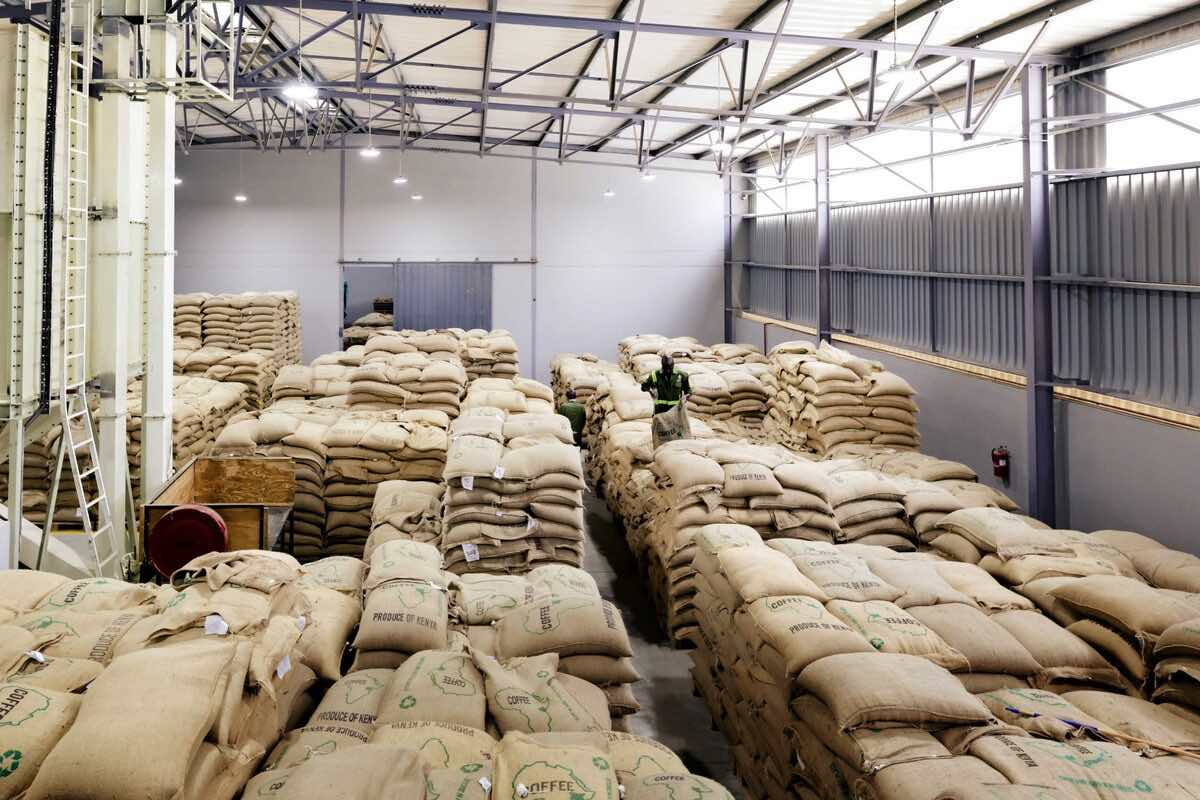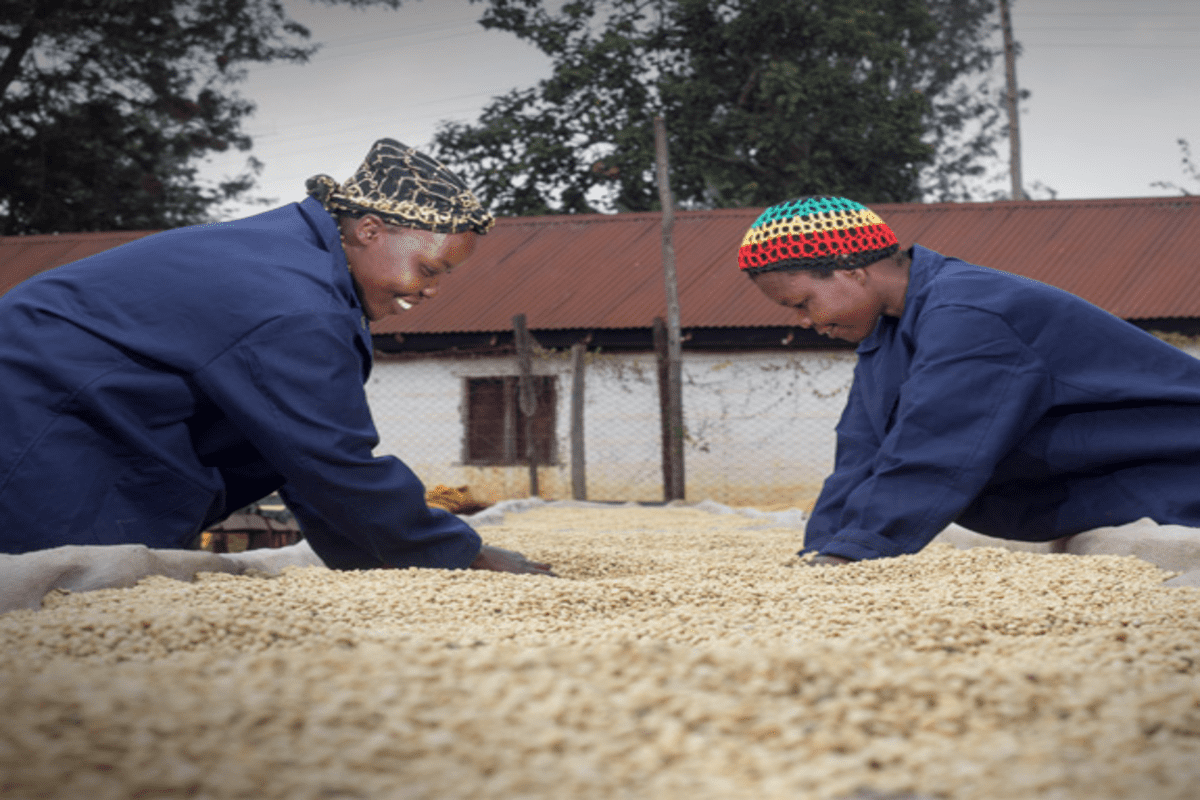
Coffee Farming: 5 Things to Avoid for a Successful Harvest
Introduction :Coffee Farming: 5 Things to Avoid for a Successful Harvest
Coffee farming is a delicate and intricate process that requires careful attention and planning. Whether you’re an experienced coffee farmer or just starting out, knowing what to avoid can help you improve your crop yield and quality. In this blog post, we will discuss five common mistakes that coffee farmers should avoid for a successful harvest. By steering clear of these pitfalls, you can enhance your coffee production and ensure a thriving coffee farm.
1. Poor Soil Management:
One of the most critical factors in coffee farming is soil management. Poor soil conditions can lead to stunted growth, nutrient deficiencies, and increased susceptibility to diseases and pests. Avoid using low-quality soil or neglecting soil testing and analysis. Invest time and resources in maintaining optimal soil health by regularly testing for pH levels, nutrient content, and organic matter. Implement proper fertilization techniques, composting, and erosion control to ensure a healthy and nutrient-rich environment for your coffee plants.
2. Neglecting Pest and Disease Control:
Pests and diseases can wreak havoc on coffee plantations, causing significant damage and reducing crop yields. Neglecting pest and disease control measures can lead to irreversible losses. Stay vigilant and implement integrated pest management strategies, including regular monitoring, early detection, and appropriate treatment methods. Invest in training and education to identify common pests and diseases specific to coffee plants in your region. By taking proactive steps to control pests and diseases, you can protect your coffee crop and safeguard your investment.
3. Inadequate Water Management:
Water plays a crucial role in coffee farming, and improper water management can have detrimental effects on your crop. Insufficient or excessive watering can lead to root rot, decreased productivity, and susceptibility to diseases. Develop a comprehensive irrigation plan based on the specific needs of your coffee plants, considering factors such as climate, rainfall patterns, and soil moisture levels. Install efficient irrigation systems and use water-conserving techniques such as drip irrigation or mulching to optimize water usage and minimize wastage.
4. Lack of Proper Pruning and Shading:
5. Insufficient Post-Harvest Processing:
Post-harvest processing plays a crucial role in determining the final quality of your coffee beans. Inadequate or improper processing can result in mold growth, uneven drying, and undesirable flavors. Learn and implement appropriate post-harvest processing techniques for your specific coffee variety, including pulping, fermenting, washing, and drying methods. Pay attention to detail and maintain strict hygiene standards throughout the processing stages to produce high-quality coffee beans that command a premium price in the market.
Conclusion:
Avoiding these common mistakes in coffee farming can significantly contribute to the success of your harvest. By focusing on soil management, pest and disease control, water management, pruning and shading, and post-harvest processing, you can maximize your coffee crop’s yield and quality. Continuous learning, adaptation to local conditions, and seeking guidance from agricultural experts will further enhance your coffee farming practices. With proper care and attention, you can nurture your coffee farm and enjoy the rewards of a bountiful and flavorful coffee harvest.






